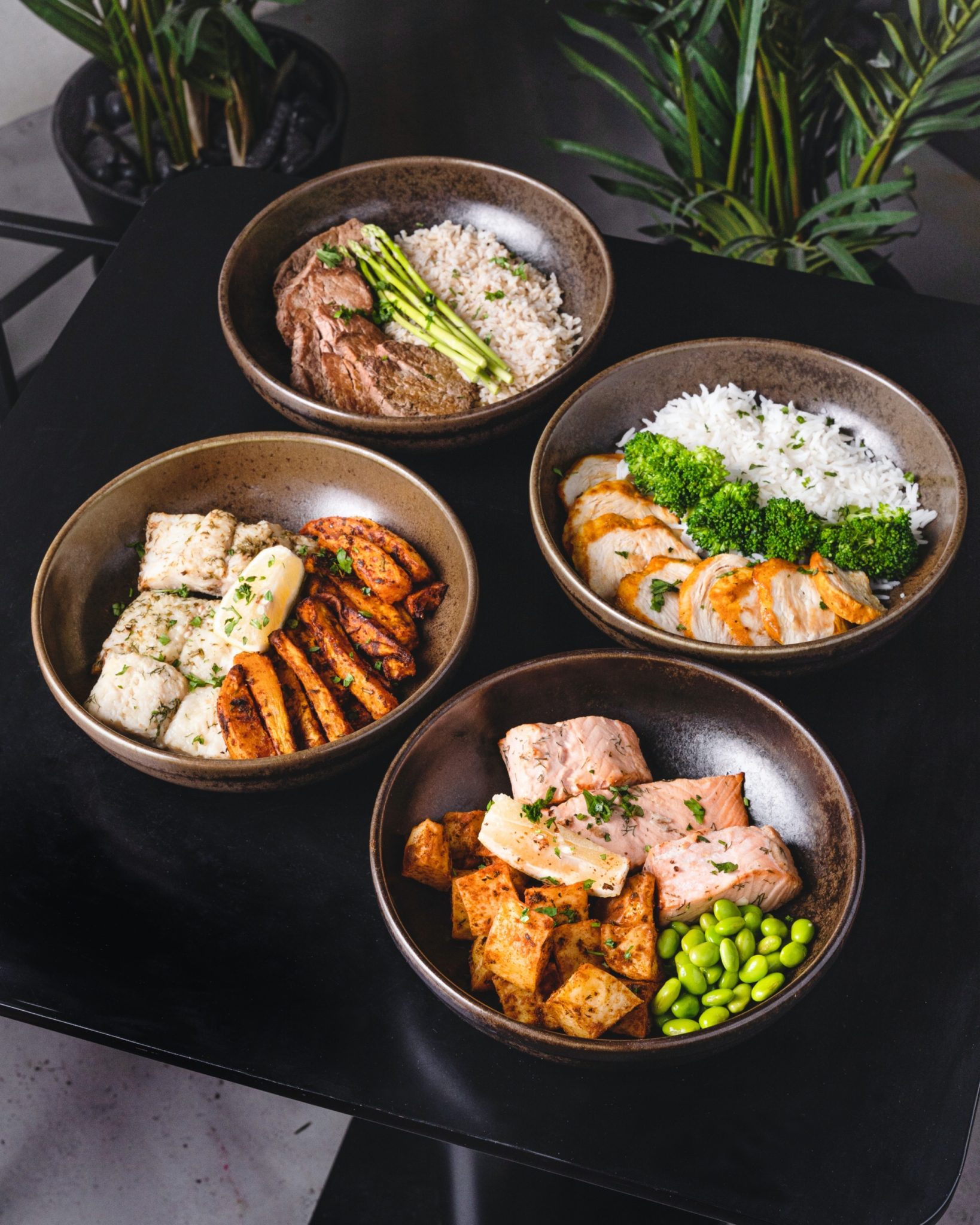12 Calorie Busting Ideas For Working From Home
0 Comments/in Blog/by Dominique Rizzo12 Simple Ways to Cut Calories While Working from Home
Losing weight is never an effortless endeavor. It’s particularly challenging when you work from home and the kitchen is so close by. In the age of COVID-19, you can certainly relate to the struggles of attempting to attain—or even maintain—a body in which you feel confident, strong, and healthy.
The three most vital components of losing weight are a healthy diet, adequate sleep, and regular exercise. As unfortunate and frustrating as it is, sometimes there are simply not enough hours in the day for the latter two on this short list.
There are, thankfully, simple ways that you can significantly reduce your daily calorie intake. Here are 12 easy ways to cut calories when working from home.
Don’t Drink Your Calories
One of the most common mistakes made by people trying—and failing—to lose weight is that they consume an excessive number of calories in beverage form. The regular consumption of sugary drinks has shown to result in obesity, as well as type-2 diabetes. As a point of reference, a can of Coke contains around 40 grams of sugar and 200 calories.
Not only does the consumption of sugary drinks drastically increase your calorie intake, it also results in even greater levels of hunger shortly after consumption. Stay away from sweet sodas and cut back on the amount of sugar you add to your tea and coffee.

Reduce Your Sauce and Dressing Consumption
Garnishes such as mayonnaise, chutney, and ketchup are surprisingly calorie dense. Just one tablespoon of mayonnaise contains around 94 calories. Sauces and dressings are often absolutely necessary for flavor. You do, after all, want your food to taste good. We’re simply suggesting that you cut back as much as possible. Swap a dollop for a drizzle.
Eat Plenty of Vegetables
Research conducted in the United States indicates that between 85 and 90% of adults don’t include enough vegetables in their regular diet. When you ensure your meals comprise of mostly vegetables, you can drastically up your vitamin intake, while also cutting back on unnecessary calories. Vegetables make a great snack too, so you can grab some carrot sticks, tomatoes, and cucumber when you’re feeling peckish.
This psychological trick is a great way of reducing your calorie intake. Take your inspiration from a culinary tour of Spain, where tapas plates are the norm.
By reducing your plate or bowl size, your serving size will automatically decrease too. Once you’ve gotten accustomed to smaller crockery, reduced portion sizes will simply become the new norm.
Stay Hydrated
Drinking water before every meal helps you to feel full more quickly. When you can feel satisfied without having to consume unnecessary additional food, you eliminate huge quantities of calories that would have otherwise gone straight to your hips. In fact, studies have shown that you can reduce your calorie intake by up to 13% by drinking 2 cups of water before every meal.
Low GI Carbohydrates
We’re all aware that carbohydrates should be minimized when trying to cut back on calories and lose weight. It is, however, unreasonable to expect that you can completely eliminate them from your diet. This is why we would recommend consuming exclusively low GI carbohydrates. Low glycemic index foods include those with a rating of 55 or less. Examples include oatmeal, grain-rich bread, lentils, beans, and fruit.
Eat Slowly
When you eat your food mindfully and at a slower pace, you become more aware of when you’re full. Not only does this give your body time to start feeling full before your plate is empty, but it also heightens your sense of awareness that this is, in fact, happening.
If you’re someone that usually eats hastily, practice putting down your knife and fork between chewing and your next bite. Alternatively, plate your food beautifully and take time with its presentation. If your food looks photo-worthy, you’re less likely to wolf it down and more inclined to savor every bite.
Separate Food from Work
When life is busy and the demands of work are causing you to feel stressed and time-pressured, it’s easy to wolf down a simple sandwich while staring at work emails. But eating while distracted results in overeating.
Not only this, when your lunch routinely goes unappreciated, then you’re discouraged from putting effort into the future preparation of healthy meals. Eliminate all distractions from your mealtime. Use your lunch break to nourish your body and clear your mind. Think of the most beautiful place you’ve ever visited, your next holiday, or anything else you enjoy.
Include Protein
Protein will keep you fuller for longer than any other form of nutrition. This is because it reduces the presence of ghrelin, the ‘hunger hormone’, while also increasing levels of GLP-1, cholecystokinin, and peptide YY—a combination of appetite-suppressing hormones. Naturally, the adjustment of these specific hormones in this manner will significantly reduce calorie intake.
Snack Wisely
Snacks are sneaky in their often high calorie content. If you feel the urge to snack on something to fuel you through the latter half of the afternoon, choose carefully. For example, substitute crisps for carrots when looking for something to dip in hummus or pesto. That said, fruits are the ideal snack for in-between meals.

Avoid Second Helpings
Most of the time, when you reach for that second helping, you don’t actually need it. Although you might be in need of a particularly large dinner after a long day of working from home, try to recognize the difference between desire and need.
If you’re on the fence, we recommend waiting 10 to 20 minutes before deciding whether to help yourself to a second serving. Instead of overeating, save the leftovers for a healthy and satisfying lunch the following day.
Try Intermittent Fasting
Intermittent fasting has quickly become one of the most popular dietary strategies for reducing calorie consumption. The most widely adopted approach is one where you’re allowed to eat for 8 consecutive hours of the day, followed by 16 hours of fasting. For example, you can eat between the hours of 10am and 6pm. But you are not allowed to eat between 6pm and 10am the following morning.
If you’re battling a bit of a bulge, you may want to give it a try and see if this calorie-busting method works for you. It may require a bit of meal planning, but it’s worth it.
Now that you’ve got 12 ways to cut calories while working from home, you can switch up your eating habits and see what works for you. Working from home doesn’t have to equal a bigger waistline.



Leave a Reply
Want to join the discussion?Feel free to contribute!